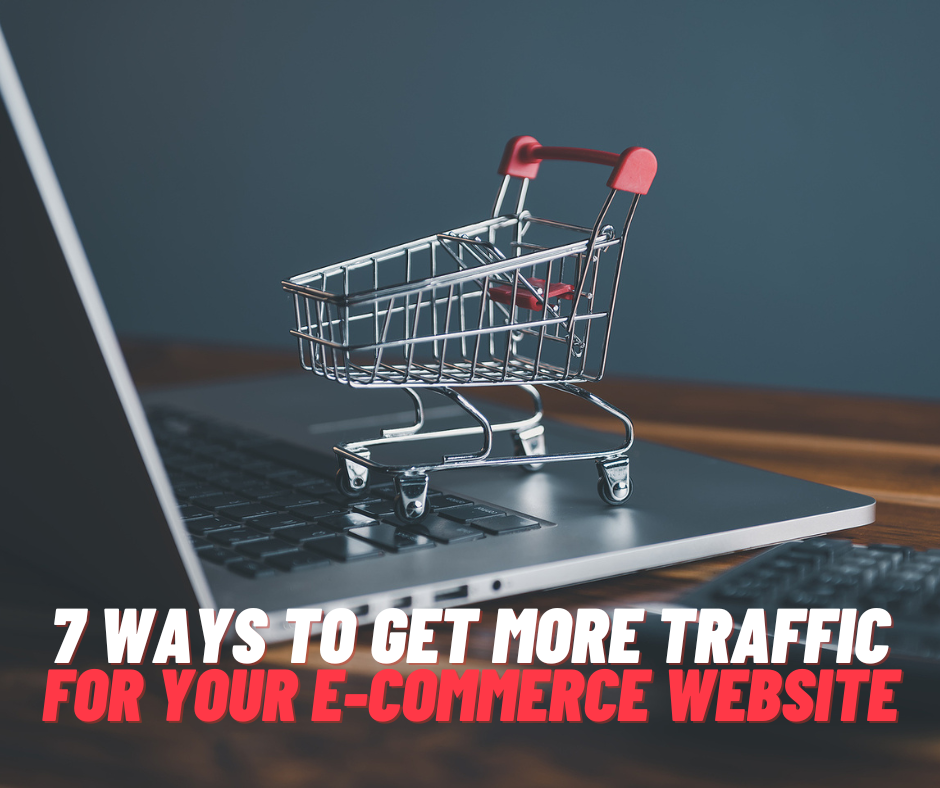If it seems like you’re not generating as much leads as you should be, then don’t feel too bad—you’re not the only one. E-commerce marketing is a fierce and cutthroat industry that always keeps businesses on their toes as they try to stay afloat amidst the tidal wave of competitors.
To stay on top of your game, you should always keep hustling, improving, and doing your best to drive traffic to your e-commerce website. If you’re not sure how to do that, or if you’re just looking for new ideas, we’ve compiled a list of seven easy and effective e-commerce marketing tips!
1. Have Referral Programs
People are more likely to buy from brands or companies if their loved ones recommend it to them, so why not delegate some of your lead generations to your customers?
For example, Citibank offers an awesome referral program that encourages their credit card holders to encourage others to apply for a Citibank credit card. The more people they refer, the more prizes they receive. One particular advert I saw had Citibank offering the newest iPhone for fifteen successful referrals!
Now, you don’t have to go too crazy like Citibank. You can start off with something simple like discounts and freebies before moving to the big guns. It’s the thought that counts.
2. Invest in Email Marketing
While emails might seem a little old-fashioned when compared to video calls and private messages, they’re still a pretty good tool to have for your e-commerce marketing strategies. In this day and age, almost everybody’s got an email they check regularly.
You can do a lot of things with emails. You can inform your customers about website updates, request for feedback, send them reminders, or just plain communicate with them. This is especially useful as emails are more direct and personalized. You can add their names, for example, and only send them things they want to hear about.
Just make sure you’re not filling their inbox with incessant emails. That’s a one-way ticket to spam right there.
3. Look at Your Page Loading Speed
If you’re noticing that people aren’t spending as much time on your site, maybe it’s time to look at the technical side of things. One huge factor in an e-commerce website’s bounce rate is page loading speed—the longer your page loads, the more likely your customers will leave and never come back!
You can improve your page loading speed by compressing large files, removing unnecessary widgets, choosing the right hosting site, and minimizing number of HTTP requests.
Check on your e-commerce website’s loading speed with helpful tools like WebPageTest, mobiReady, and Think with Google.
4. Pay to Advertise
With so much competition going on, it can be difficult and time-consuming to get a leg up in the business for free. So, if you’ve got the budget for it, why not invest in some paid advertisements? When done right, paid advertisements can generate a lot of traffic for your website. You can be making up the investment twofold or threefold in no time.
To have the most effective paid advertisements, we suggest only using popular social media platforms like Facebook, Instagram, YouTube, and TikTok. Additionally, get your money’s worth by going full out! Use high-quality images, advertise your best-selling products, use multiple hashtags, and more.
5. Host Contests and Giveaways
Everybody loves freebies! Ramp up excitement among prospective and loyal customers by hosting contests and giveaways. This will help encourage customers to interact more with your brand and make them have a fun shopping experience.
For example, you can celebrate 100k followers on your Instagram by hosting a giveaway. This sends a message that you’re thankful for your followers’ support and are rewarding them. As a prize, you can offer them your most popular product or even a newly-released one in exchange for a like, comment, share, and follow.
With this type of contest alone, not only do you generate more traffic for your e-commerce website, but you also improve visibility and SEO. You also lead customers further into the marketing funnel, advertise and test out products, and interact with the community!
6. Upload Attractive Images
One noticeable difference between physical shopping and online shopping is that with the latter, you can’t see products in person. You need to supplement that with images to let them know not only what the product looks like, but also what the product looks like with different body types, different skin tones, different decors, different angles, different colors, and more.
Make sure your images are high-quality and, if possible, professionally-taken. Never ever edit your images! That way, your customers can know exactly what they’re buying.
Also, if you’ve got variations, make sure to include them all in your catalog.
7. Be Transparent
Nobody likes being lied to, especially customers. Refrain from adding false or misleading information to your website—what they see is what they should get.
One example of poor transparency is hidden fees. Make sure to include things like taxes and shipping fees before your customer checks out as not doing so can turn them off from buying again from you.
Another example of poor transparency is just plain lying. If you’re a website that advocates for veganism, for example, then you need to back it up. Make sure all of your products have vegan-free ingredients and that you’re not participating in anything anti-veganism. Be consistent with your brand.
Conclusion
E-commerce marketing in Orange County can be really tough. However, if you invest time and effort on your marketing strategy and follow the tips we’ve shared in this article, you’ll be slowly yet surely expanding your business and reaping what you sow. Good luck!
